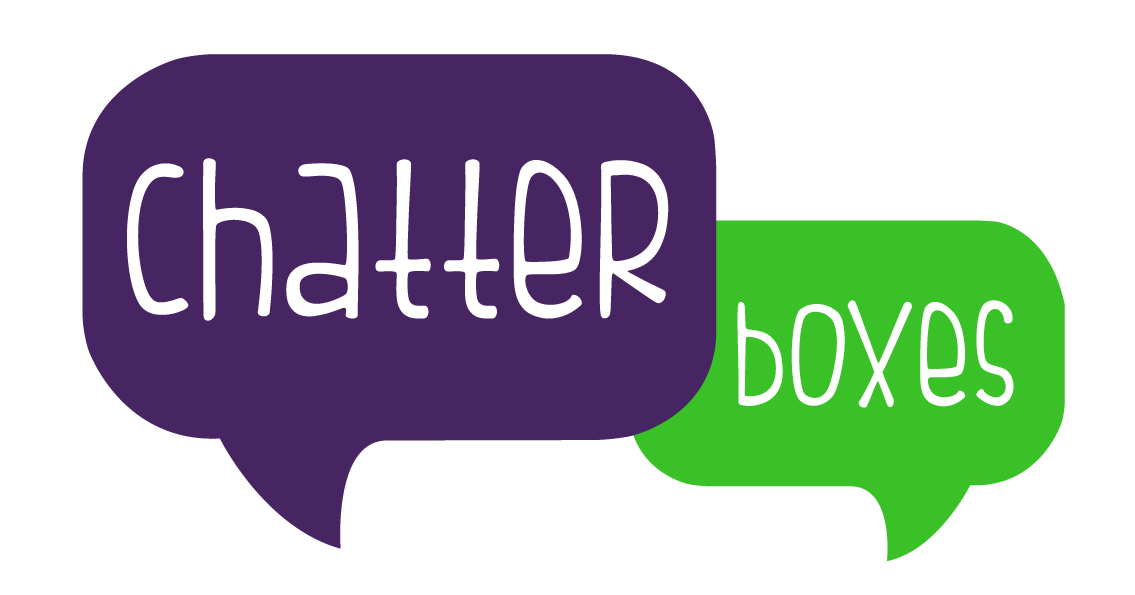After you have been to one or two speech and language therapy sessions, you might get a report explaining what your child finds difficult. Depending on the age of your child, this report might have some complex, technical language used to explain their scores.
What do these numbers actually mean? And how to these numbers decide whether your child has mild, moderate, severe or even profound difficulties?
In this article, we’ve outlined what these terms mean to help you to understand the report and the nature of your child’s difficulty.
At the beginning of Speech and language sessions and at regular intervals, children are often assessed to see what their needs are. Different assessments give different results and therefore a number of terms may be used to explain how your child performed.
Percentile Rank –
Percentile ranks allow the therapist to compare your child’s score to children of the same age as them. They are based on standardised tests. Using these tests helps the therapist measure your child’s difficulties.
A percentile rank will be a number between 0 and 100. 50 is the average. If a child scored a percentile rank of 75, it would mean that they did better than 75 percent of other students in their age range who did the same test.
The lower the percentile rank a child scores, the more they struggled with this test. Depending on their score, children can be identified as having a mild, moderate, severe or profound difficulty in this area.
Standard Score –
A standard score is another way of explaining the test scores. It shows how close your child’s score was to the average score on the test for their age. This helps the therapist understand their level of difficulty.
A standard score is usually a number between 1 and 19. If your child scores between 7 and 10, this is seen as average ability. The higher a child scores in their test, the easier they find that skill. If a child scores lower than 7 then it shows they have a difficulty in this area. A standard score of 1 would indicate a child has severe difficulties in this area.
Age Equivalent –
Age equivalents are based off the same data used to work out percentile rank and standard scores. The therapist looks at how a child has scored and compares it to the other data. An age equivalent is then given based on which age range has the closest average to the child’s actual score. For example, if a 10-year-old scores 42 on a test, and that score is average for an 8-year-old, their age equivalent would be 8.
Sometimes age equivalents are written as ‘6;2’. This means 6 years and 2 months.
Standard Deviation –
Standard deviations show how close a child’s score is to the average score for their age. These are usually written as a plus or minus. A standard deviation of 0 is the average score. If a standard deviation is +, the child scored above average. If it is -, they scored below average.
The larger the number after the ‘-‘ sign, the further away from the average the child scored and so the more severe the difficulty.
A summary of how all this data compares is below.
| Difficulty* | Percentile Rank | Standard Score | Standard Deviation |
| Within Normal Limits | 16+ | 7+ | -1 SD |
| Mild | 7-15 | 6 | -1 SD to -1.5 SD |
| Moderate | 3-6 | 4 or 5 | -1.5 SD to -2 SD |
| Severe | 1-2 | 3 | -2 SD to -3SD |
| Profound | 0.01-1 | 1 or 2 | -3+ SD |
*Not all speech and language therapists use these terms to refer to the percentile rank, standard score or standard deviation.
Whether your child has mild difficulties or profound difficulties, your Speech and Language Therapist will be able to give you ideas and activities to support your child to make progress. Why not also check out our other blog posts for other activities and everyday things you can do to help your child make as much progress as possible.
Check out Our Resources page for ideas and activities to support children with speech, language and communication needs.
